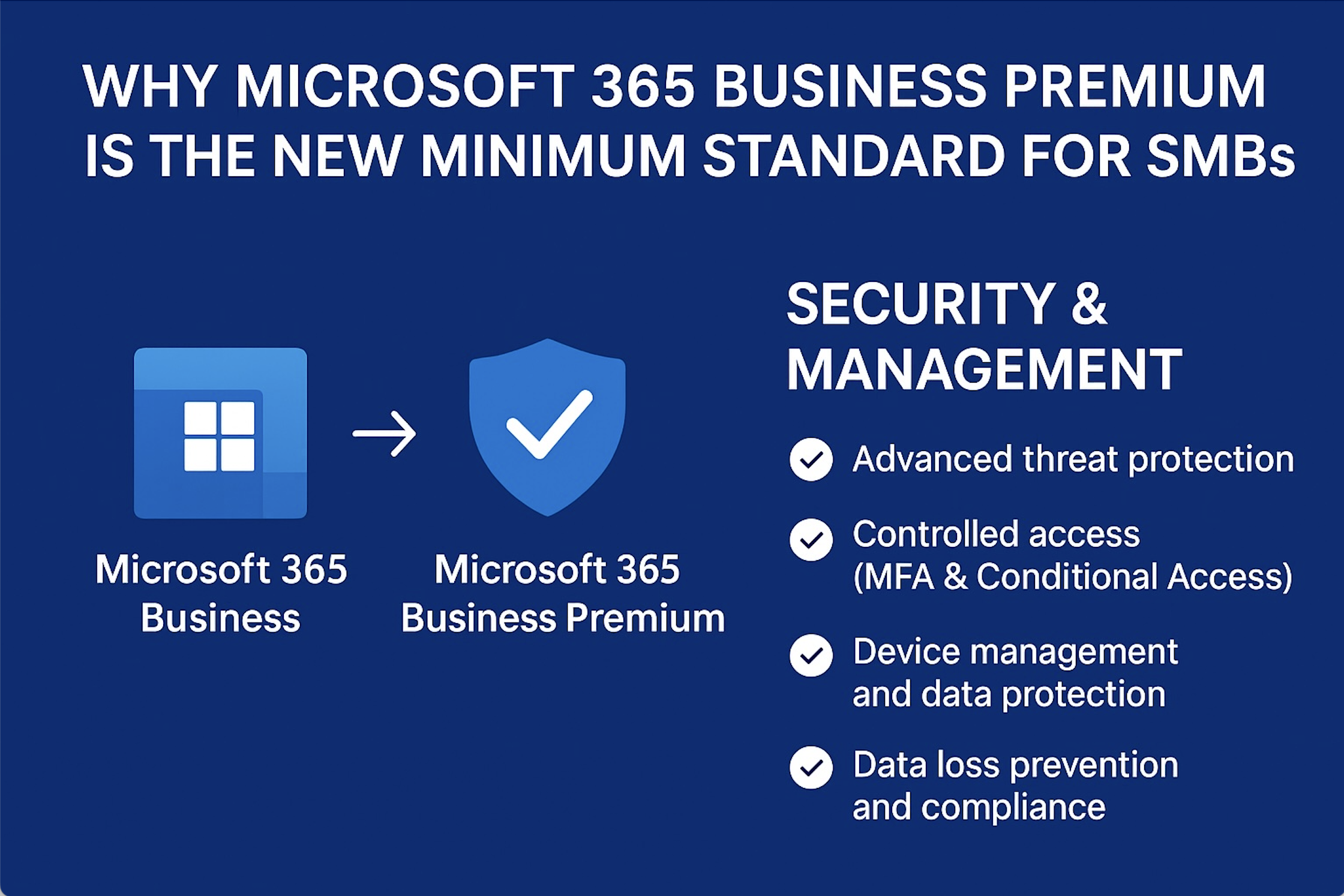Knowledge & News
The IT Struggles You Don’t Know You Have - Until It’s Too Late
Introduction
Many businesses believe their IT systems are working “just fine” because nothing catastrophic has happened, yet. But the truth is, hidden IT inefficiencies can silently drain productivity, increase risks, and hinder growth.
Here are some of the most common IT problems businesses face without realising it—until they turn into full-blown disasters.
1. Your Network Is Slowing You Down
Employees frequently experiencing slow applications or intermittent connectivity may assume it’s normal. However, network bottlenecks could be limiting your business performance, causing:
- Delayed customer responses.
- Inefficient collaboration among teams.
- Slow cloud-based applications that frustrate employees.
Scenario: A mid-sized manufacturing company, was struggling with unexpected production delays. Machines connected to their cloud-based ERP system frequently lagged, causing order processing slowdowns. Employees assumed it was just a quirk of the system until a major client order was delayed due to missed updates. A network assessment revealed that an outdated network switch was throttling speeds, creating a bottleneck across their production floor.
Solution: MSPs conduct network assessments to optimise performance, upgrade outdated hardware, and provide faster, more reliable connectivity.
2. You’re Sitting on a Cybersecurity Time Bomb
Many businesses think they’re too small to be targeted by hackers. But in reality, 43% of cyberattacks target small businesses because they often lack proper security measures.
Common overlooked cybersecurity risks include:
- Weak Passwords & Lack of Multi-Factor Authentication (MFA)
- Outdated Software – Unpatched vulnerabilities leave you exposed.
- No Employee Cybersecurity Training – Phishing scams thrive on untrained staff.
Scenario: Customer X received an email from what appeared to be a trusted supplier requesting an urgent payment update. Without verification, the accounts team processed a £15,000 payment to what turned out to be a fraudulent account. An investigation revealed that their email system lacked advanced threat detection, and employees had never received phishing awareness training.
Solution: An MSP provides cybersecurity audits, endpoint protection, phishing awareness training, and 24/7 security monitoring.
3. Your IT Costs Are Rising Without You Realising
Many businesses don’t track IT expenses closely and end up paying for:
- Unused software licences.
- Emergency IT fixes due to lack of preventive maintenance.
- Inefficient infrastructure that costs more to run.
Scenario: Customer X had been operating with multiple IT service providers for different needs—one for cybersecurity, another for cloud services, and a separate team for hardware support. When a new finance director reviewed IT spending, they realised that redundant contracts and duplicated services were inflating costs by 20%. A single managed service provider (MSP) helped consolidate services, reducing unnecessary expenses and improving efficiency.
Solution: MSPs help optimise IT budgets by consolidating services, eliminating waste, and providing cost-effective solutions.
Conclusion
The biggest IT problems are often the ones businesses don’t notice until they cause major disruptions. Working with an MSP ensures your IT is optimised, secure, and cost-efficient, before issues arise.
-
 01.12.2025
01.12.2025
Veeam Immutable Backups with HPE Apollo & Alletra Storage | Wemtech Managed Services
-
 10.11.2025
10.11.2025
Layered Security: Microsoft Defender + Huntress for SMBs
-
 10.11.2025
10.11.2025
Why Microsoft 365 Business Premium Is the New Minimum Standard for SMBs
-
 03.03.2025
03.03.2025
How We’ve Sustained Long-Term Customer Relationships at Wemtech
Get in Touch


